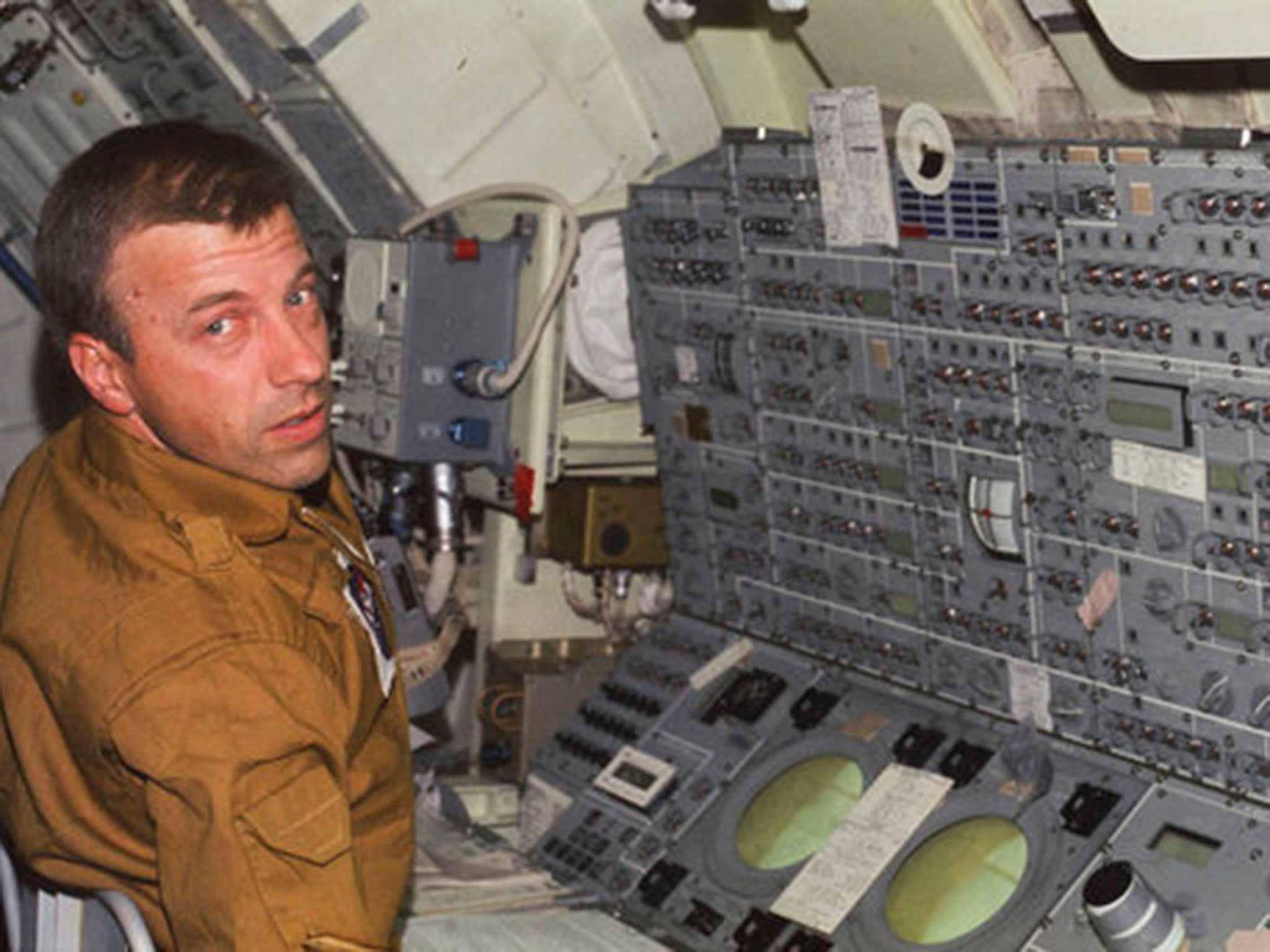Paul Weitz: Nasa Skylab and space shuttle astronaut
Having served the US Navy as a pilot in Vietnam, he gained distinction for his part in rescuing a space station and as the first commander of the Challenger shuttle

Paul Weitz is best known for his part in a 28-day mission to repair Nasa’s earth-orbiting Skylab laboratory in 1973. He returned to space 10 years later as commander of the space shuttle Challenger on its maiden voyage.
Weitz started out as a pilot for the US Navy. He began training as an astronaut in 1966 and had been due to conduct scientific experiments aboard the Skylab space station.
Soon after its launch, however, Skylab turned out to be suffering serious faults. Electronic signals indicated that its heat shield, designed to counter mobile objects and high temperatures, had been sheared off during lift-off. One of the two solar panels, which produced electricity, had also been torn away while the other was inoperable.
Weitz and his fellow astronauts, Pete Conrad and Joseph Kerwin, suddenly shifted from science to something more like an outer-space roadside assistance call. Their launch was delayed several days while Nasa engineers assessed problems aboard Skylab and devised tools and equipment for the repairs. “Never before had a spacecraft gone up amid such an atmosphere of last-minute improvisation,” Time magazine reported.
The crew was commanded by Conrad, who was on his fourth space flight and in 1969 had become the third person to walk on the moon. Kerwin was a doctor and Weitz was the mission’s pilot. After the astronauts’ Apollo spacecraft reached Skylab, Conrad looked at the damage and confidently radioed to Nasa flight-control officials, “I think we can take care of it.”
In a scene that seems straight out of a Hollywood film, Weitz leaned out of the hatch of the Apollo capsule as Kerwin held on to his ankles. Using a long-handled hook, Weitz reached for the solar panel and gave it a “mighty heave”. The 30ft solar panel didn’t budge. Using a pair of long shears, Weitz attempted to cut through a twisted aluminium strap securing the solar panel. Mission control in Houston could hear him cursing as he did the job. After an hour, it was clear that the effort would be futile.
“I hate to say it,” Weitz said, “but we ain’t going to do it with the tools we’ve got.”
When the astronauts returned after 28 days – the longest space mission at that time – they were hailed as national heroes.
Paul Joseph Weitz was born in Erie, Pennsylvania. His father was a Navy chief petty officer, and he was raised primarily by an aunt and uncle in the town of Harborcreek. Weitz was drawn to flight from an early age and studied aeronautical engineering at Pennsylvania State University. After graduating in 1954, he flew for the Navy. He received a master’s degree in aeronautical engineering from the US Naval Postgraduate School in Monterey, California, in 1964. He also flew planes during the Vietnam War. He retired at the rank of captain in 1976, a decade after entering the astronaut corps.
Nasa’s space shuttle program began in 1981, with the launch of the Columbia. Weitz was the commander of Challenger’s first flight in April 1983.
Everything went smoothly on the five-day mission. Three years later, on 28 January 1986, Challenger exploded 73 seconds after take-off, killing all seven crew members on board. Weitz, who had trained the crew while serving as deputy chief of Nasa’s astronaut corps, testified before a presidential commission investigating the cause of the disaster. He later served as deputy director of the Johnson Space Centre in Houston and retired in 1994 as acting director.
His wife of 61 years, who was born Suzanne Berry, died last year. The couple are survived by their two children. During his Skylab mission, Weitz said he found it impossible to sleep in what he called a “make-believe bed” mounted on the space capsule’s wall. Even though he was in a zero-gravity environment, “emotionally I was hanging from the wall, and I could not sleep hanging from the wall,” he said in 2000. “So every night I’d unbuckle my sleep restraint, which had a metal frame, and I’d take it out ... so I was sleeping horizontally.”
Paul Joseph Weitz, Nasa astronaut, born 25 July 1932, died 22 October 2017
© The Washington Post
Join our commenting forum
Join thought-provoking conversations, follow other Independent readers and see their replies
Comments
Bookmark popover
Removed from bookmarks